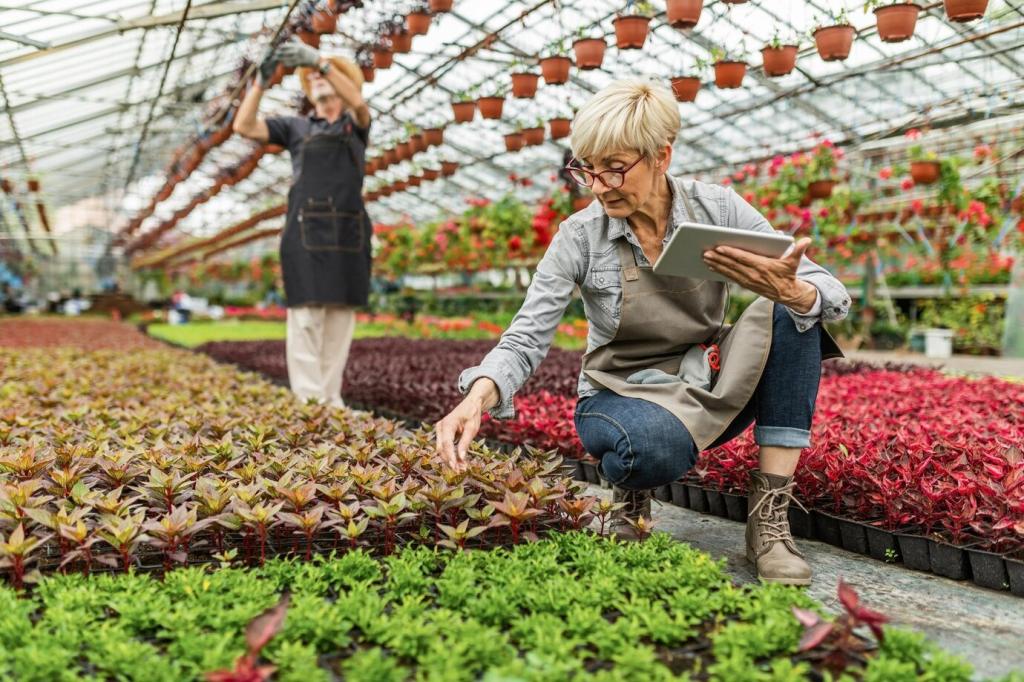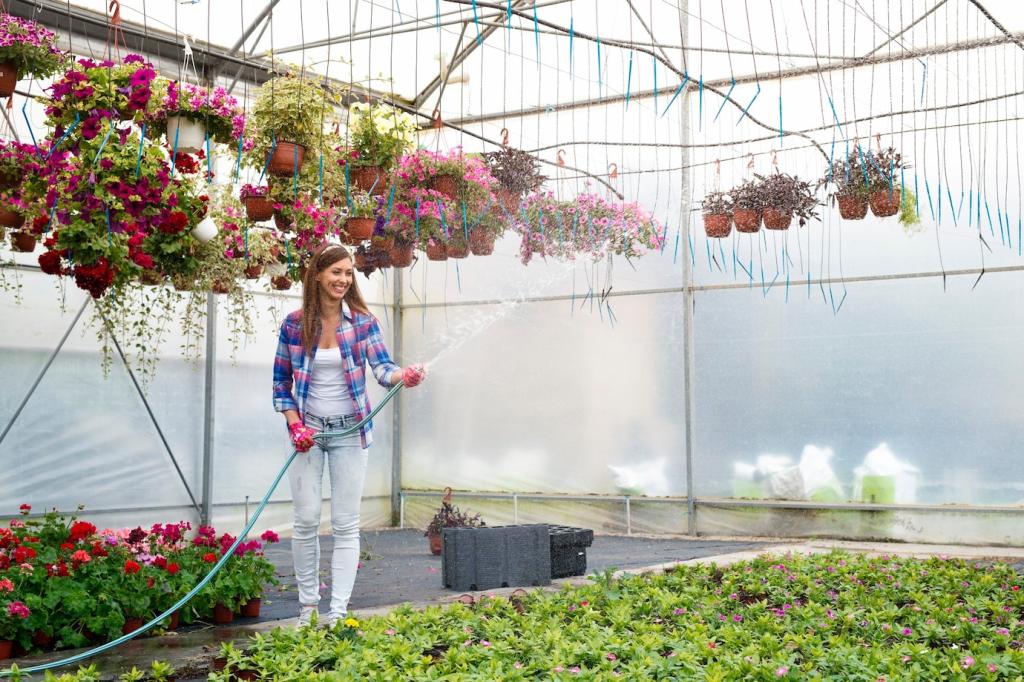Urban living often means limited outdoor space, but that doesn’t mean you have to sacrifice the joy of gardening. Succulent and herb gardens provide a versatile and rewarding solution, making lush greenery and culinary delights possible, even in the smallest apartments or balconies. By choosing the right plants and incorporating smart urban gardening techniques, anyone can transform their city home into a thriving oasis. This guide explores how city dwellers can successfully cultivate succulents and herbs, offering practical advice and creative inspiration tailored to the needs of urban environments.
Maximizing Small Spaces for Urban Gardening
Vertical Gardens: Elevate Your Greenery
Vertical gardening is an ingenious way to bring lush foliage into small urban environments. By making use of wall spaces, trellises, or specialized hanging pockets, you can cultivate more plants without sacrificing precious floor area. Not only do vertical gardens maximize growing potential, they also help improve indoor air quality and create a striking visual feature in your home. Choosing compact succulents and trailing herbs ensures that the installation remains manageable and low maintenance. Consider placing your vertical garden near windows to benefit from natural light, or select grow lights for areas with minimal sunlight—all while keeping your living space clear and uncluttered.
Windowsills and Balconies: Sun-Filled Sanctuaries
Windowsills and balconies are prized assets for city gardeners, offering direct access to sunlight and fresh air. These micro-environments are ideal for housing compact herb pots and vibrant succulents, provided you select species compatible with your specific sunlight exposure. South-facing windows receive the most light, perfect for Mediterranean herbs like rosemary or sun-loving succulents. East- and west-facing windows are gentler, supporting shade-tolerant plants or those needing protection from intense midday heat. By optimizing your plant placement and using planters that fit snugly on railings or ledges, you can turn even the smallest architectural features into flourishing green spaces.
Creative Containers for Every Space
One of the greatest advantages of succulent and herb gardening in the city is the freedom to experiment with containers. Since many urban homes lack garden beds, containers become essential. From classic ceramic pots to upcycled tins or even wall-mounted shelves, container options allow you to match plants to any room or outdoor nook. Succulents thrive in shallow trays or quirky containers thanks to their minimal root depth, while herbs prefer well-drained pots with enough room to spread. Creative container choices also enable the mixing of form and function, doubling as décor while supporting your urban gardening ambitions.

Choosing the Right Succulents and Herbs
Succulents are renowned for their drought resistance and low maintenance—they’re perfect for city dwellers who may not have time for constant plant care. Varieties like jade plants, echeveria, and haworthia adapt readily to fluctuating indoor conditions and require watering only when their soil becomes fully dry. Their plump leaves store water, making them resilient if you’re away for a weekend or forgetful about watering schedules. These plants thrive in containers and are forgiving of imperfect lighting, making them a smart choice for windowsills, desks, or even bathroom shelves. Choosing a mix of colors, shapes, and sizes adds vibrancy, ensuring your garden feels lush and lively with minimal effort.

Care Tips and Tricks for Thriving Urban Gardens
Both succulents and herbs have distinct water requirements, and overwatering remains the most common mistake made by urban gardeners. Succulents are adapted to arid environments, so their soil should be allowed to dry out completely between waterings—typically every one to two weeks, depending on indoor conditions. Herbs usually prefer more moisture, but still benefit from soil that drains quickly and doesn’t remain soggy. Monitoring the weight and feel of your containers is a good indicator of moisture levels. Using pots with drainage holes, avoiding saucers that trap excess water, and sticking to a consistent schedule helps your plants thrive and reduces the risk of root rot.
